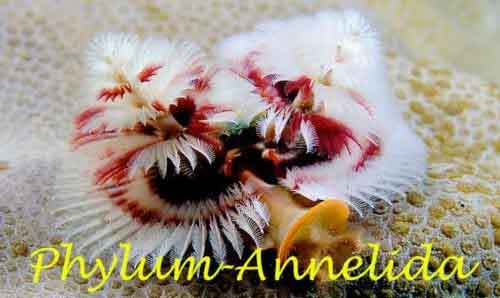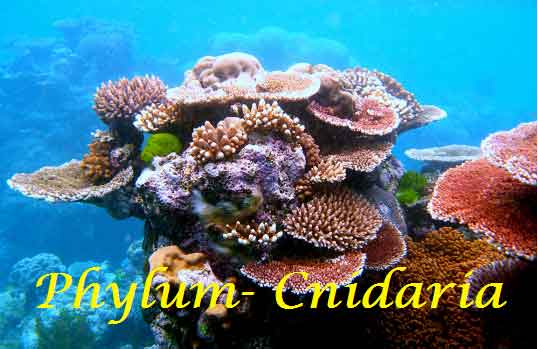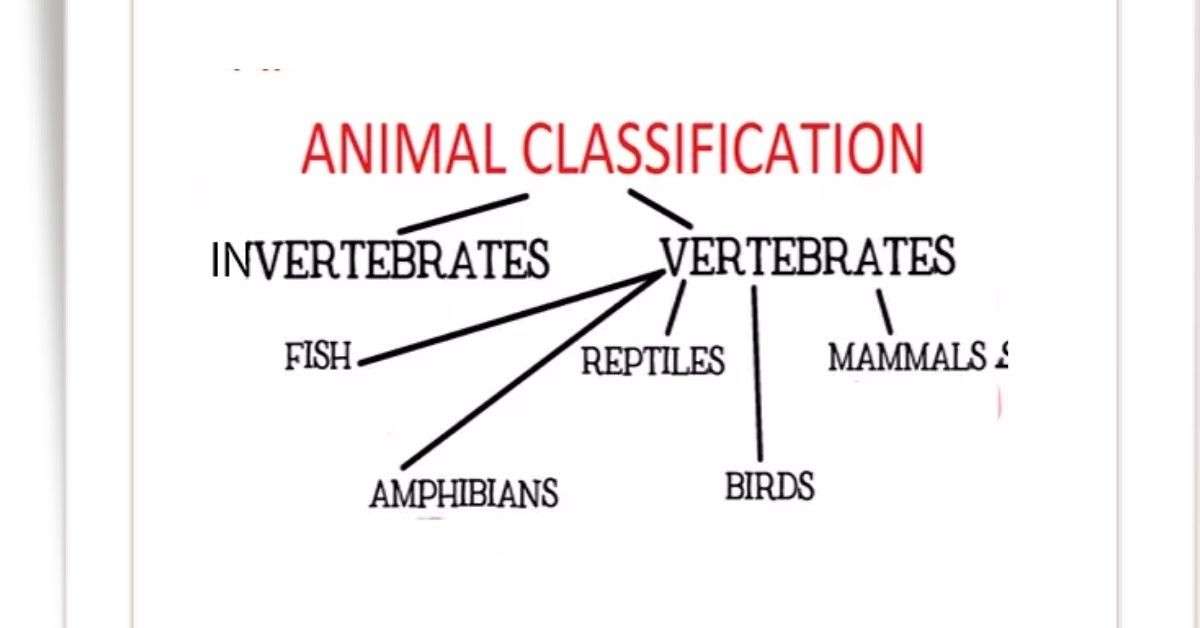Phylum Annelida: Characteristics and Classification
The representatives of the phylum Annelida are known as segmented worms or ringed worms. Annelida is derived from Latin word ‘anellus’ meaning little ring. It is a large phylum with over 22,000 living species. Among them, Polychaetes constitute about 12,000 species while Clitellates contains about 10,000 species. The major groups include earthworms, ragworms and leeches. … Read more




